When it comes time to give your home a makeover, why not include landscaping in your renovations?
Adding stone products to your garden or yard is a cost-efficient and beautiful way to modernize your home. In this blog, we’ll help you learn more about the different kinds of residential uses for landscaping stone, and which types of stone are better for your home.
Whether you know exactly what you’re looking for or you’re searching for creative ideas, we’ve got you covered and can assist you with all your stone hauling needs.
A Brief History of Stone in Landscaping
Stone is one of the most essential parts of outdoor decoration and landscaping, from patios to walkways to garden walls. However, it was hard to use stone for construction until the mid-20th century because there simply weren’t enough machines with the ability to crush large pieces of stone. Even then, many people did not see stone as something that could be used in residential areas for decoration or practical uses, instead using stone for more industrial or commercial projects.
Over the years, that way of thinking has changed. With the expansion of quarries here in Texas, stone has come to replace anything from brick walkways to the mulch used in garden beds. With a cleaner look than brick or concrete, stone is a mark of modernization and simplicity while adding flair to any outdoor space.
Common Types of Stone Used Around the Home
River Rock
Without a doubt, river rock is one of the most popular types of stone used for decoration and landscaping. Some defining characteristics of river rock include textured surfaces, imperfections caused by erosion, and mixed colors like gray, white, and brown.
There are a few different types of river rock, but each type has been rounded by water and is most often—as you may have guessed—found near rivers. However, river rock is sometimes in short supply because of its recent popularity in both residential and commercial job sites, as well as its use in concrete.
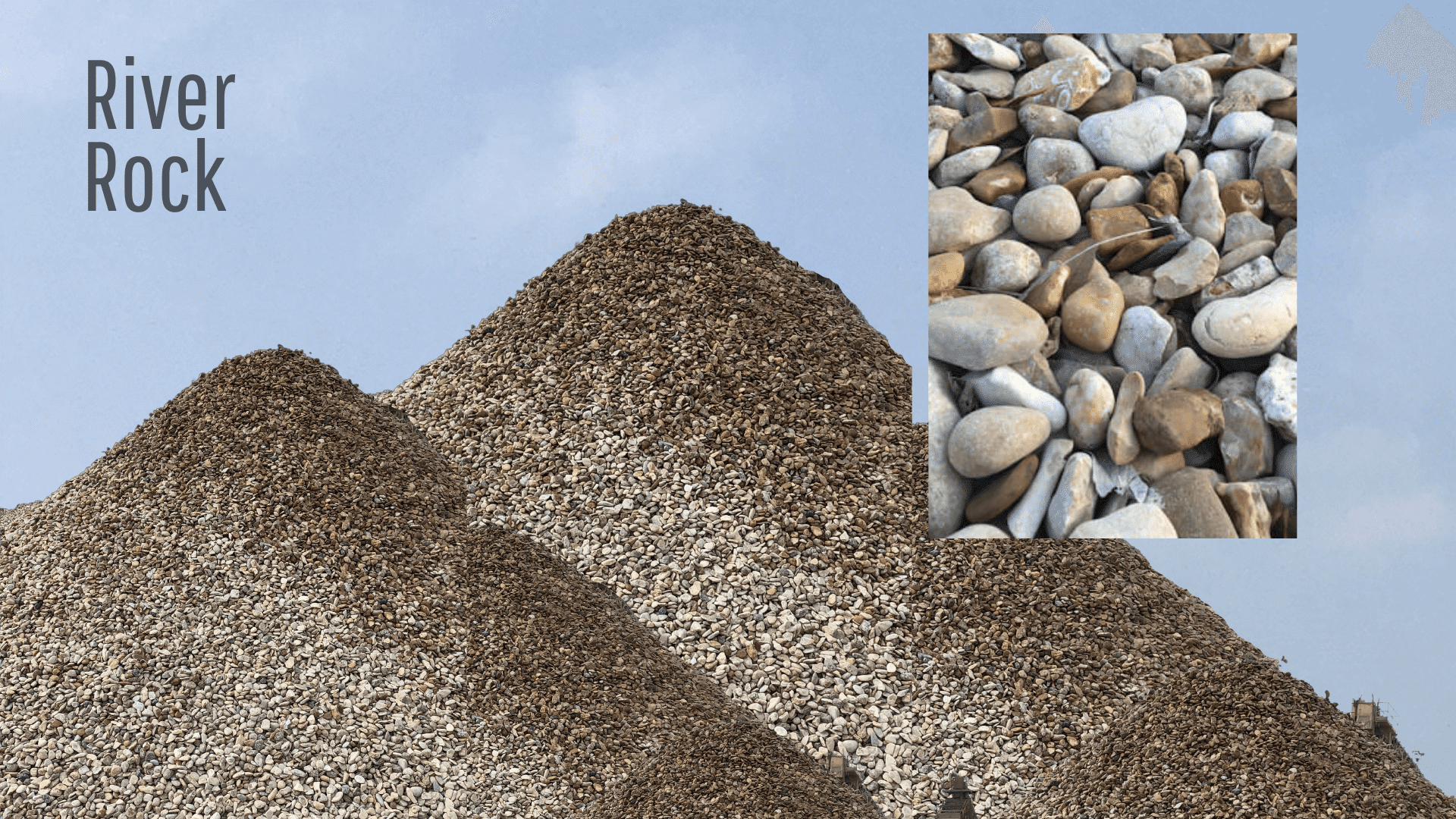
Granite River Rock
Ranging in color from black to green to purple, granite river rock is the most popular choice for landscaping and outdoor decoration. Because the granite forms as magma cools and crystallizes beneath the earth’s surface, it comes in a unique range of appearances, some rocks even being striped or speckled.
Basalt River Rock
Like granite river rock, basalt river rock is formed when magma cools, but above the earth’s surface instead of below. It generally comes in dark, neutral colors and is known for its ability to retain heat and to serve as a good filler.
Manufactured River Rock
Not all river rock occurs naturally—certain types can be polished or made artificially. Polished river rocks are popular for decorative purposes, especially since they are processed in such a way that gives the rock a smoother shape and finish. Artificial or manufactured river rocks are stones that have been processed to look like natural river rocks. In cases where natural river rocks may not be strong or large enough to handle a certain construction job, manufactured river rocks can provide durability while also appearing like natural river rocks.
Pea Gravel
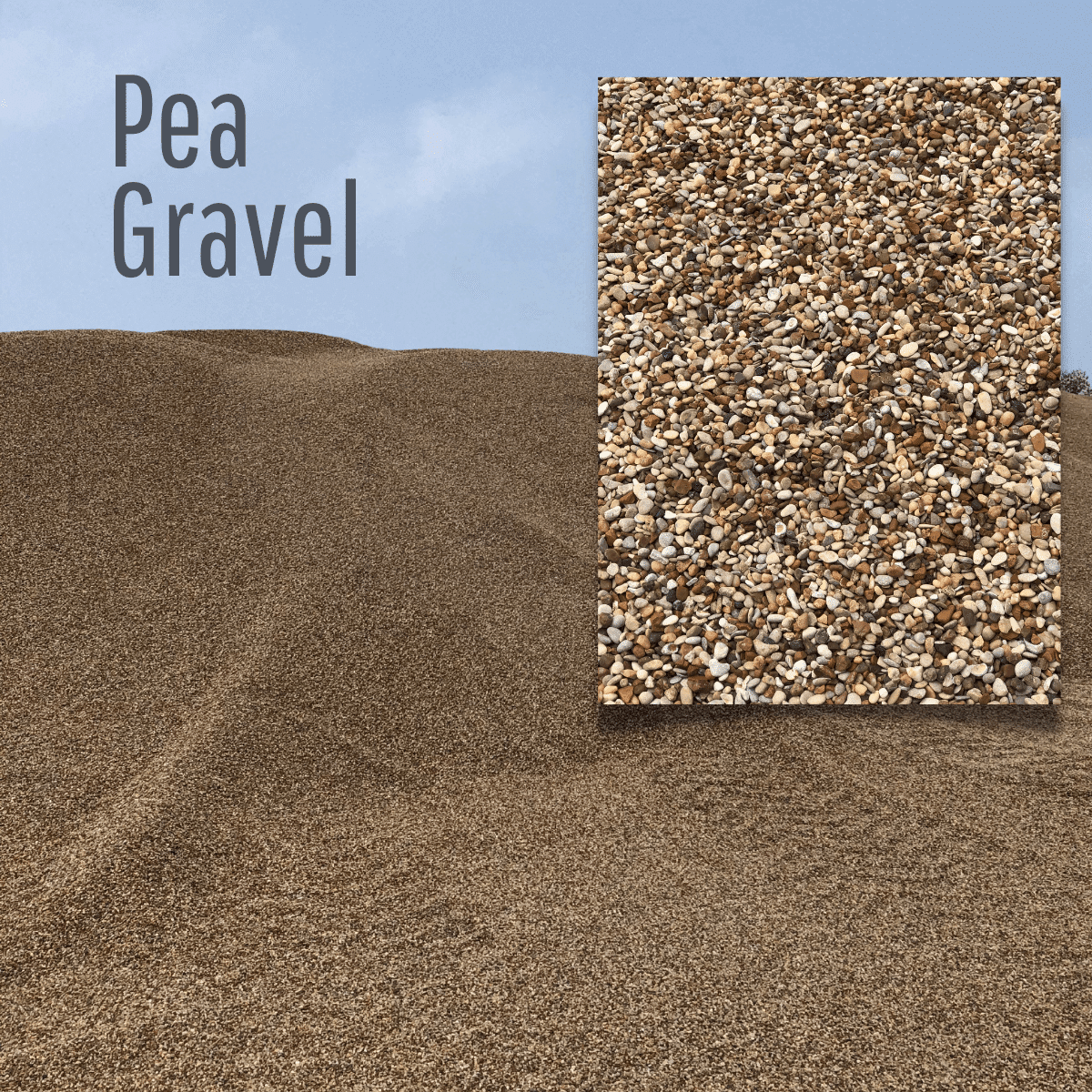
Made of tiny pieces of rock, pea gravel is perfect for pebbled walkways, patios, playgrounds, and gardens. It comes in aesthetically pleasing colors like brown, white, gray, and translucent, and because of its smooth surface, pea gravel is good for areas which see a lot of foot traffic. In addition, pea gravel serves as great weed suppressant in flower and vegetable gardens.
Utility Rock
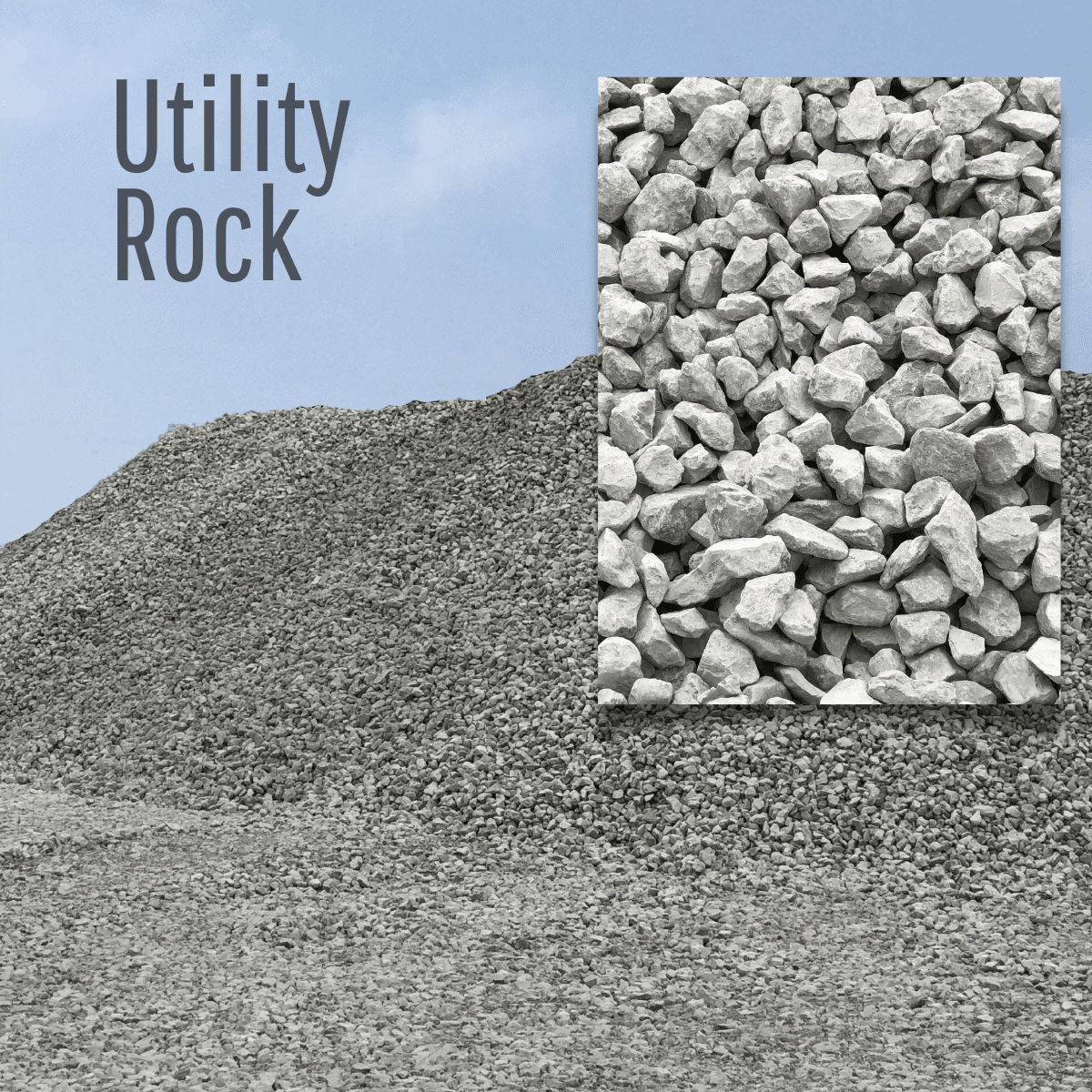
Utility rock is often used for industrial construction projects, but it can also be used for residential purposes in areas which need good drainage.
57 Rock
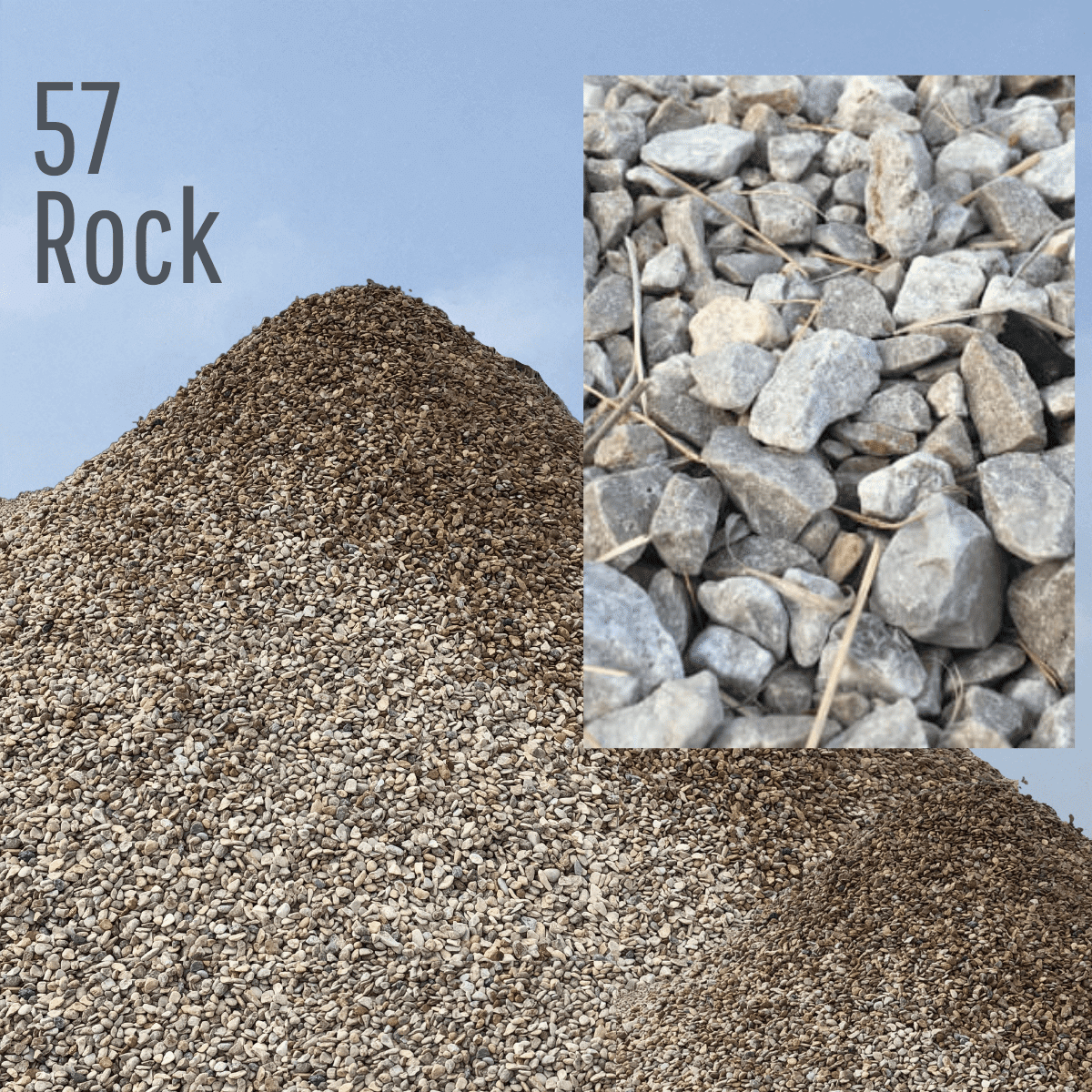
57 Rock can be used as a replacement for gravel since it has a uniform size with jagged edges that act the same as gravel. Like utility rock, it is usually used for more industrial projects, but it’s also a strong choice for decorative landscapes which need drainage.
Flex Base
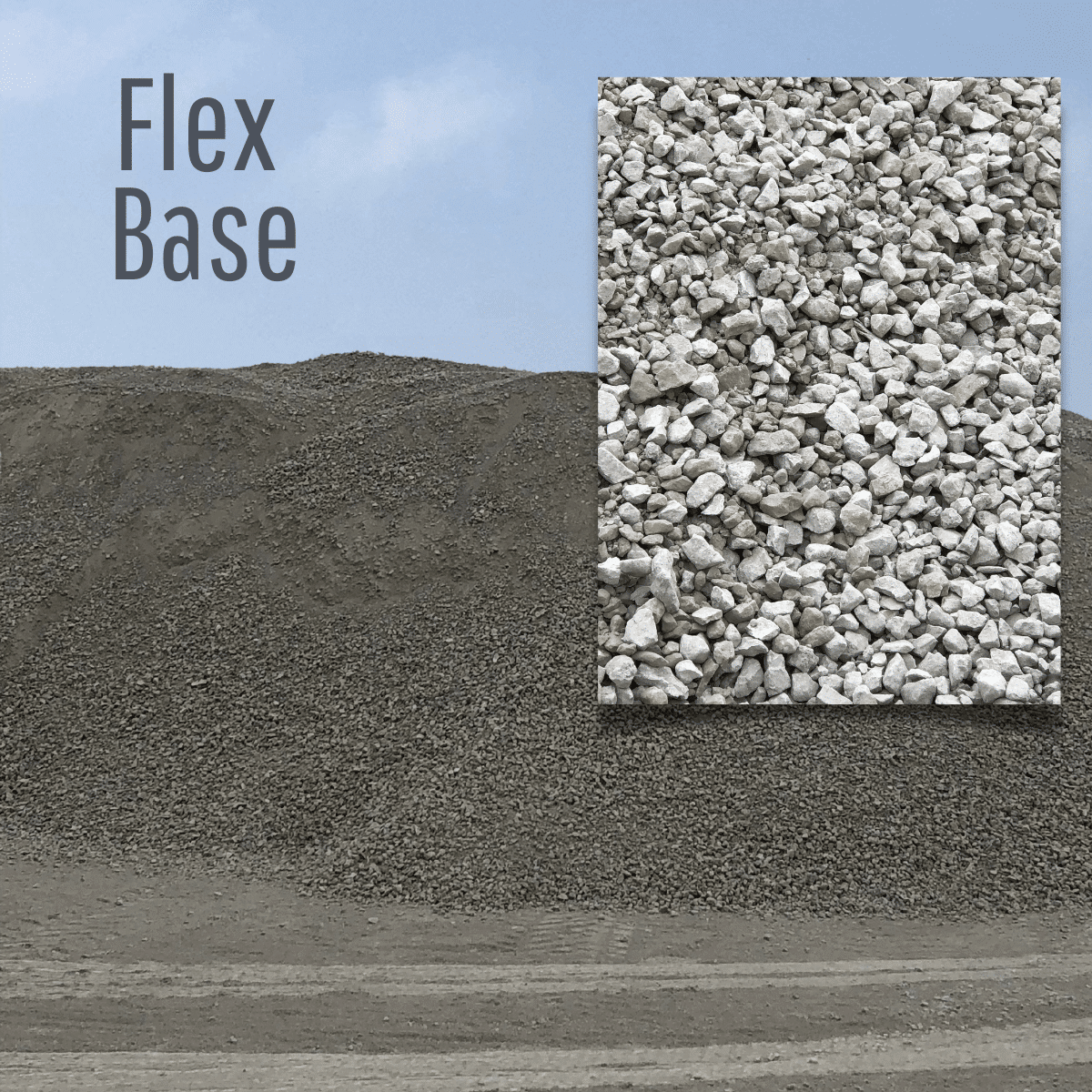
Flex base provides a good foundation for roads, driveways, and walkways. While you generally won’t see flex base as the top layer, it helps these areas last longer.
Crushed Concrete
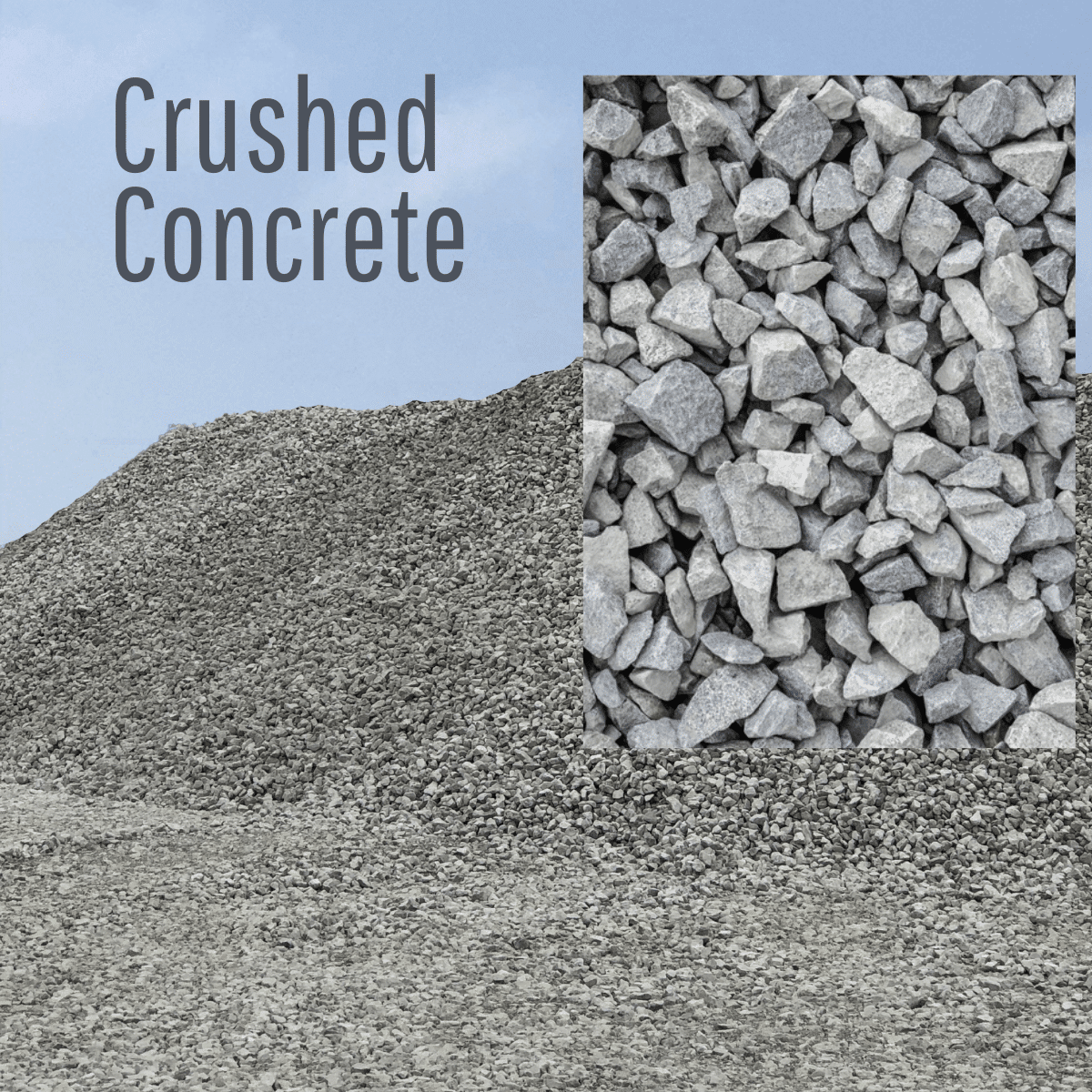
Crushed concrete is a type of recycled concrete that can be used for anything from highways to sidewalks. While it’s not the most aesthetically pleasing type of stone, it is very cost-effective and sustainable because it is entirely made of recycled materials rather than new concrete.
Interesting Ways to Use Stone in Your Landscaping
Borders & Walls
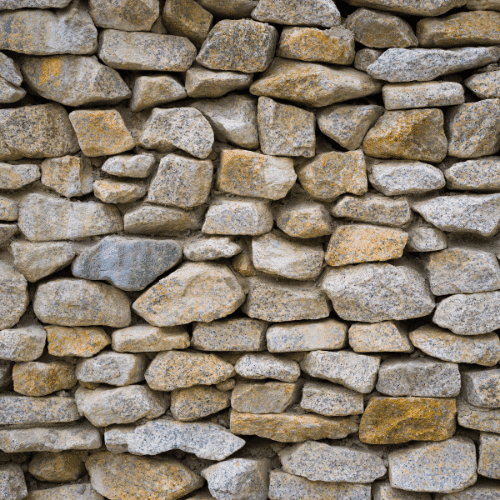
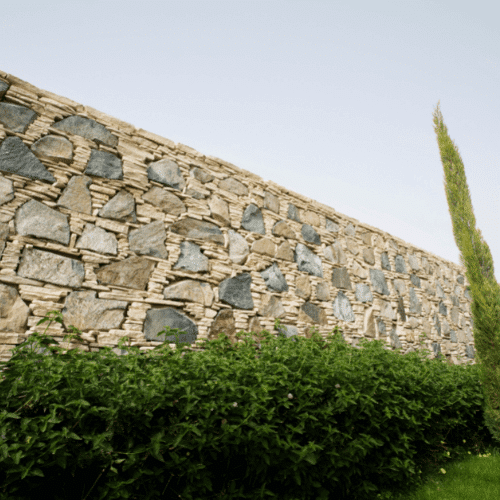
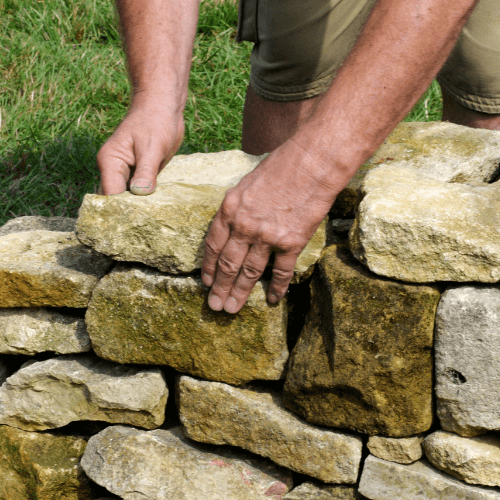
Stones and pebbles can stifle weeds and protect plants when placed in or around a garden, and stone walls can provide a pleasing look to your home. Borders and walls don’t have to be used just for aesthetic purposes, though—they have many practical uses as well. Retaining borders and walls can help prevent erosion in areas which see a lot of rain, and taller walls can keep out wildlife that may destroy your garden or lawn area.
Staircases
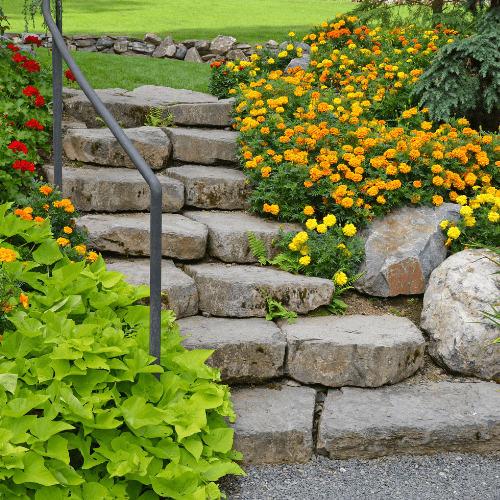
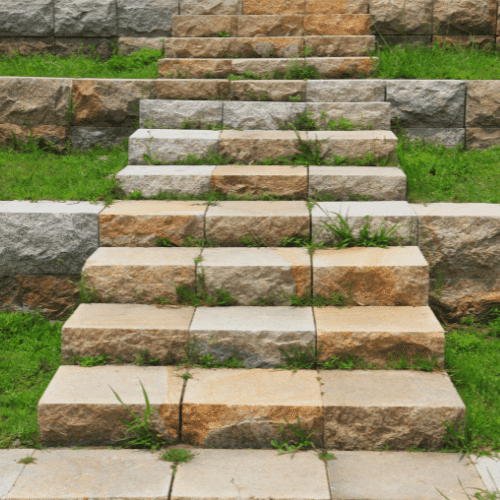
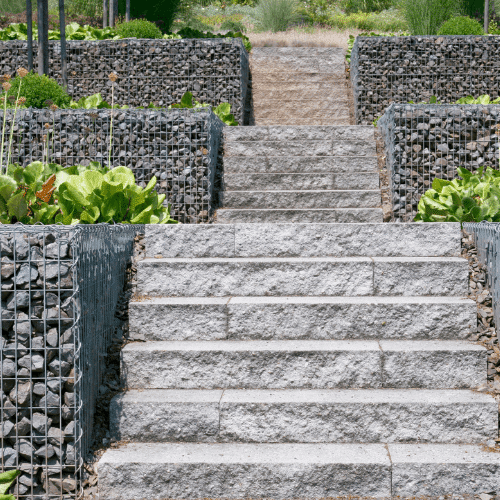
Stone staircases are a beautiful and unique addition to your yard, whether you build one leading to your deck, to create a path through your garden, or just to provide a different point of view of your landscape. Larger and smoother types of stone, such as river rock, have the perfect size and durability for staircases while also being gentle on your feet.
Water Features
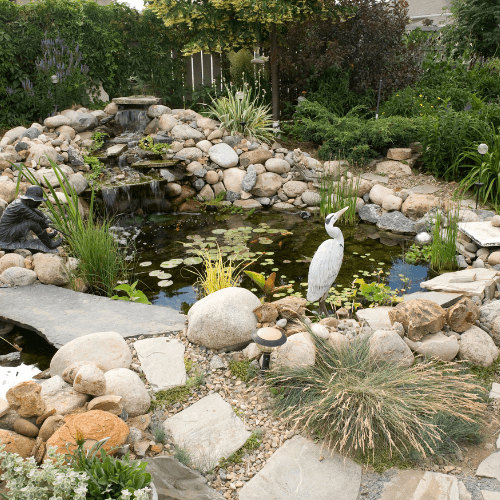
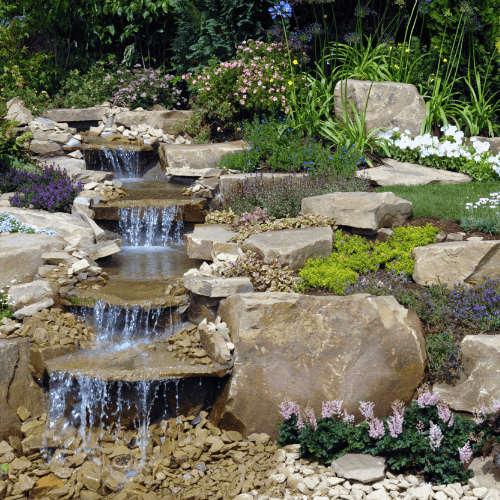
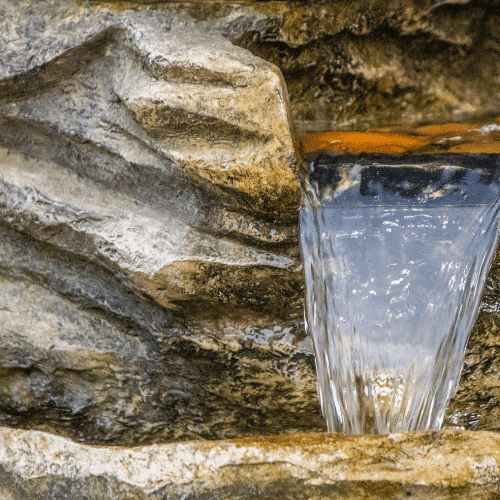
If you’re looking to add a calming and aesthetically pleasing feature to your home, ponds and fountains are great ways to do so. River rock is a popular choice for water features, especially as a border or placed at the bottom of shallow bodies of water like creeks and brooks. You can also use stones to build waterfalls.
How Much Stone Do I Need?

Depending on the size of your project and the area around it, you’ll need to choose the proper amount of stone before you begin construction. However, this can be a complicated decision to make if you’re not well-versed in the realm of construction stone.
The basics you should know are that residential stone construction projects are generally classified as one of three types: 1-5 ton, 5-20 ton, or 20+ ton jobs. While the 1-5 ton option is good for small projects, most residential jobs require more than 5 tons of stone. With that in mind, we recommend the 5-20 ton or 20+ ton options because these will ensure you get enough stone for what you need. In addition, with larger orders, you will save on trucking costs that would otherwise get expensive for smaller orders.
It’s always better to have some stone left over than to order too little and have to wait for a new order to come in. To avoid delays in the construction process and to make sure your next residential project goes smoothly, we can help you make sure you are getting the right amount of stone.
We at Twisted Nail are your aggregate hauling experts and understand that choosing the right type or amount of stone can be confusing. If you have questions or are looking for a professional opinion, we’re happy to help.
Not sure how much stone you need? Not to worry, we’re here to help!
Contact Us for Gardening & Landscaping Sand Today
We are your stone, rock, and gravel hauling experts in the Bryan, Waco, and Austin areas of Texas. With our wide range of quarry connections, we can source your material from anywhere in the state and help you find the landscaping stone that is most efficient for you. If you’re looking to order stone for your next gardening or landscaping project, contact us today.